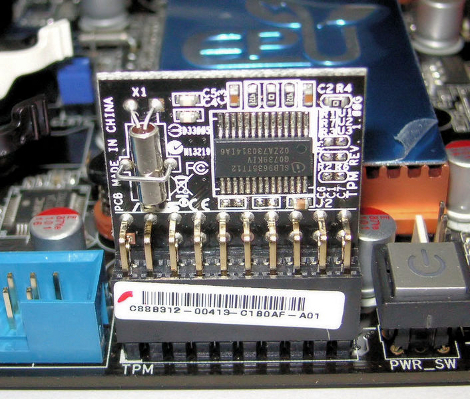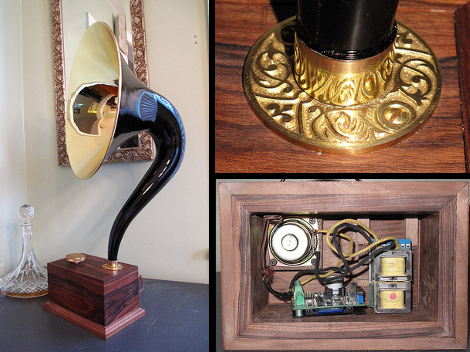
[Dwight’s] been working on a long-term project to add a status board for the ski runs at Copper Mountain ski resort. The board will feature an 8×8 LED module for each run that displays a green O for open trails, a green G for groomed trails, and a red X for closed trails. He’s also got a status board with LEDs embedded in a trail map.
The system relies on SPI for each LED module. An Arduino Mega uses a Xbee module to pull down XML data wirelessly and display it on this board. Since the trail report is already available online it’s just a matter of parsing the data in a useful way.
He’s not quite done with the whole thing yet, but keep an eye out for it if you are planning to ski Copper Mountain.
[via Tom’s Guide]















